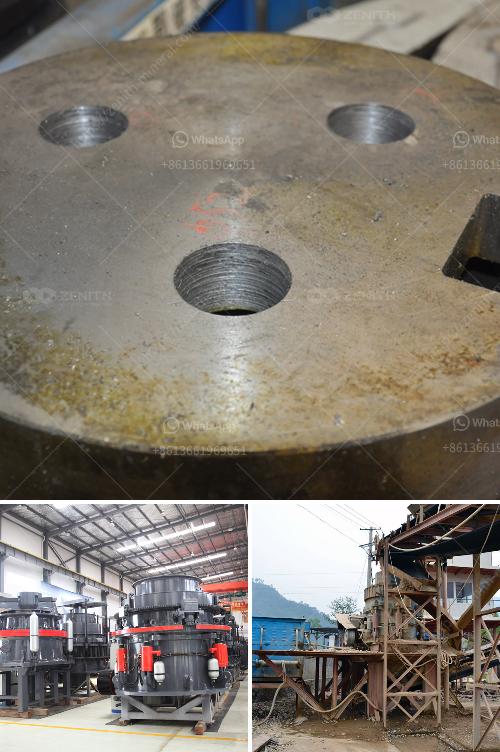An 80tph alluvial and rock gold processing plant is designed to process both alluvial (placer) and hard rock gold ores efficiently. Let's break down the features and components typically found in such a plant:
-
Capacity:
- The processing plant can handle up to 80 tons per hour (tph) of raw material.
-
Alluvial Gold Processing:
- Trommel or Scrubber: A rotating cylindrical screen that separates gold-containing gravel from unwanted debris. It can also wash and break down the material.
- Sluice Box: Used to recover fine gold by creating a series of riffles that trap gold particles as water flows over them.
- Concentrators: Devices like the Falcon or Knelson concentrators that use centrifugal force to concentrate gold from heavier fractions.
-
Rock Gold Processing:
- Jaw Crusher: Breaks down the rock into smaller pieces suitable for milling.
- Ball Mill: A rotating drum loaded with steel balls that crushes the ore as it rotates.
- Gravity Concentration: Spiral concentrators, shaking tables, or centrifugal concentrators used to separate gold from other minerals based on density.
- Flotation Cells: For fine gold recovery and separation from sulfides and other contaminants.
-
Cyanidation:
- Leaching Tanks: Where a cyanide solution dissolves gold from the ore.
- Carbon-in-Pulp (CIP): Gold-laden solution is passed through tanks containing activated carbon which adsorbs the gold.
- Electrowinning: Extracts gold from the carbon or solution by electrochemical processes.
-
Ancillary Equipment:
- Feeders: Enforce consistent feed rates into the processing circuit.
- Screens: Ensure correct particle sizes are processed.
- Pumps and Pipelines: For transporting materials and solutions throughout the plant.
- Tailings Disposal: Efficient management and disposal of tailings material to minimize environmental impact.
-
Control Systems:
- Automated systems for monitoring and controlling various stages of the process to optimize efficiency and recovery rates.
Such a comprehensive setup helps in maximizing gold recovery from both alluvial and rock sources, leveraging different techniques suited to the material being processed.


